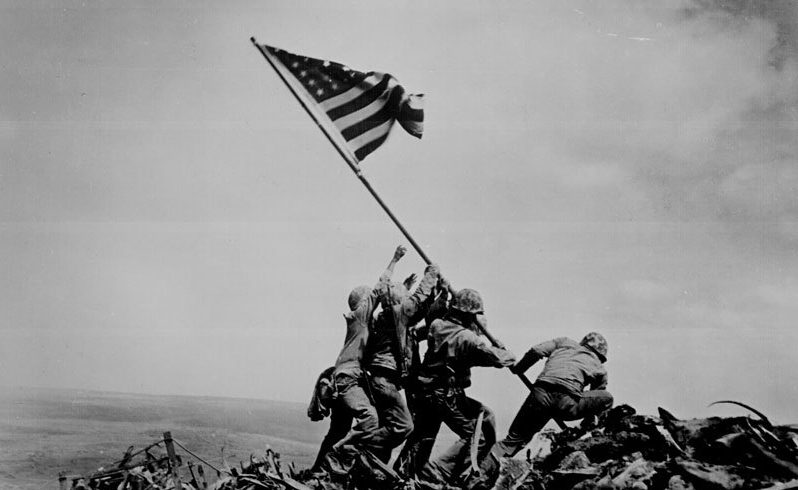By Ilan Goldenberg, Nicholas Heras and Kaleigh Thomas
Executive Summary
Since 9/11 the United States has struggled with how to respond to the challenges posed by ungoverned spaces in the Middle East, from which terrorist attacks and destabilizing mass refugee flows emanate. The collapse of state authority in Iraq, Syria, Yemen, and Libya has created security vacuums that extremist groups such as the Islamic State of Iraq and Syria (ISIS) and al Qaeda have used to develop local presence, to organize, and eventually to conduct attacks both inside these countries as well as in Europe and the United States. Meanwhile, the refugee flows that have resulted from these conflicts have put tremendous pressure on neighboring countries and also caused a massive wave of refugees into Europe. The question facing the United States and other Western allies is how to deal with these challenges without getting sucked into complex and costly civil wars that the United States has little ability to end on its own.
The question facing the United States and other Western allies is how to deal with challenges in the Middle East without getting sucked into complex and costly civil wars.
Full-scale American-led counterinsurgency, stabilization campaigns, or other resource-intensive nation-shaping interventions attempted in Afghanistan and Iraq have proven to be unsustainable models given the high costs, indecisive outcomes, and lack of political support at home. However, completely withdrawing U.S. forces and counting purely on intelligence collection to monitor threats and local partners to address them has been ineffective, as this approach leaves the United States vulnerable to attacks. The most successful effort the United States has launched to deal with these challenges in recent years has been the counter-ISIS campaign in Iraq and Syria, where it has succeeded in protecting U.S. interests at a reasonable cost by working “By, With, and Through” local actors. In this model the United States generally: (1) uses a comparatively small number of troops to train, equip, advise, assist, or accompany local forces with legitimacy on the ground; (2) provides airpower and some enablers and logistics; (3) uses its limited military investment as leverage for a broader diplomatic effort; or (4) invests in building local governance and providing aid on the ground.
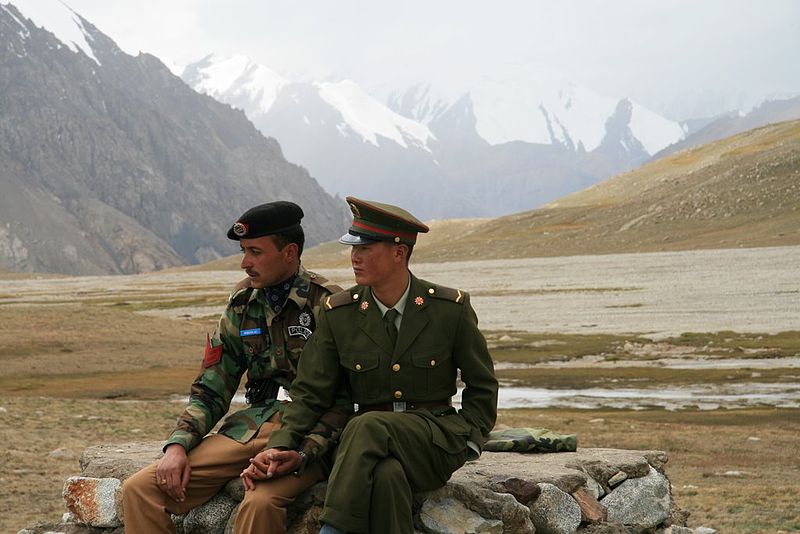

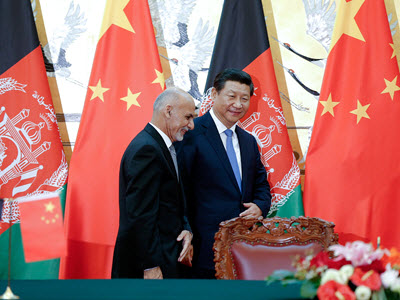



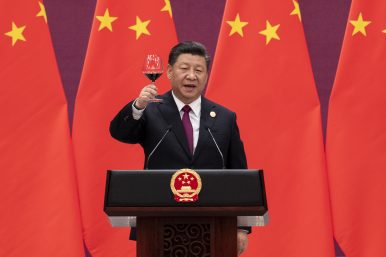


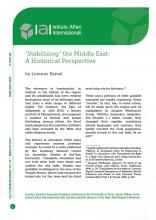






/arc-anglerfish-arc2-prod-mco.s3.amazonaws.com/public/VQPDSWWPAFF3RL5DUJDRHD3L7M.jpg)
/arc-anglerfish-arc2-prod-mco.s3.amazonaws.com/public/PVBSGFPEURG43OMLBEF4AGLDEY.jpg)

